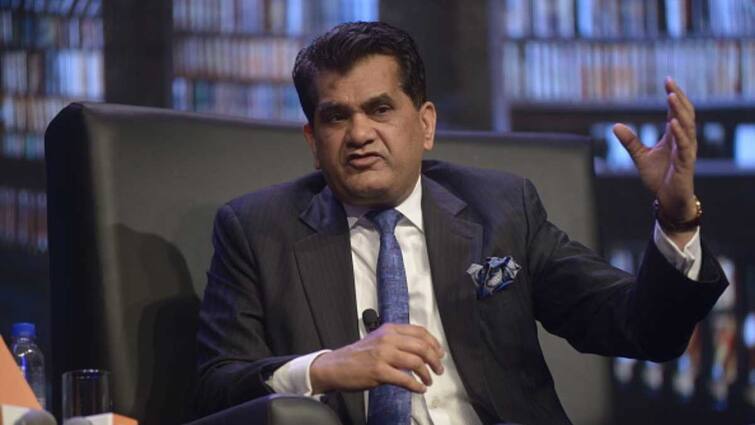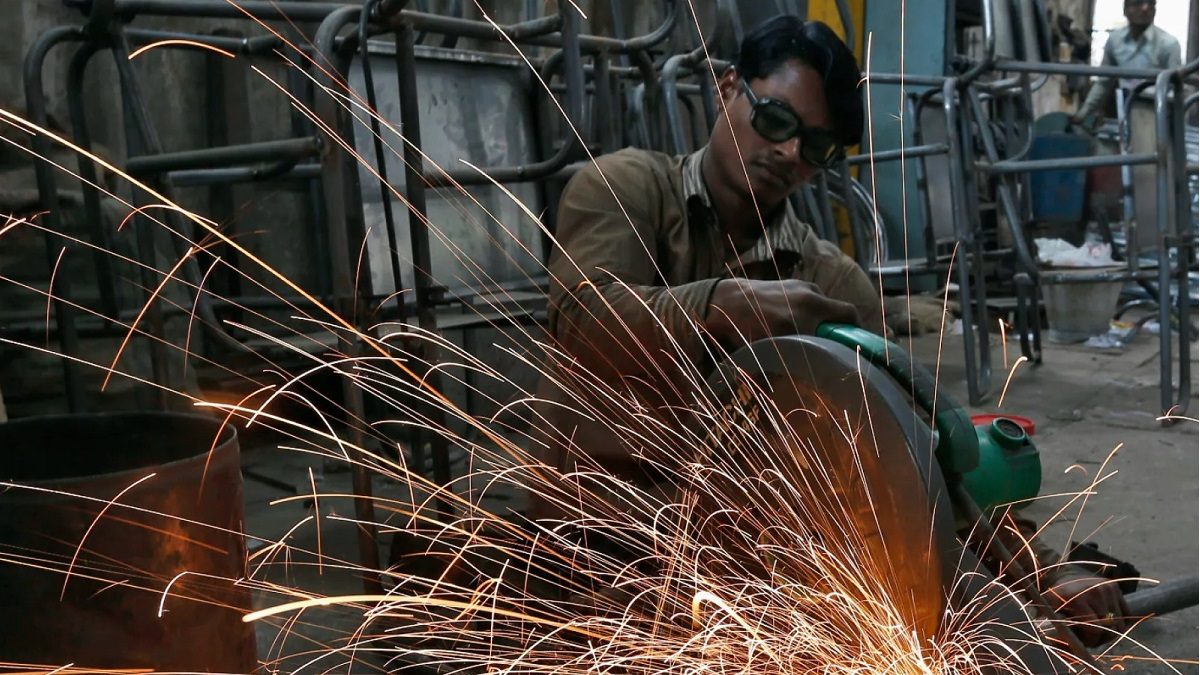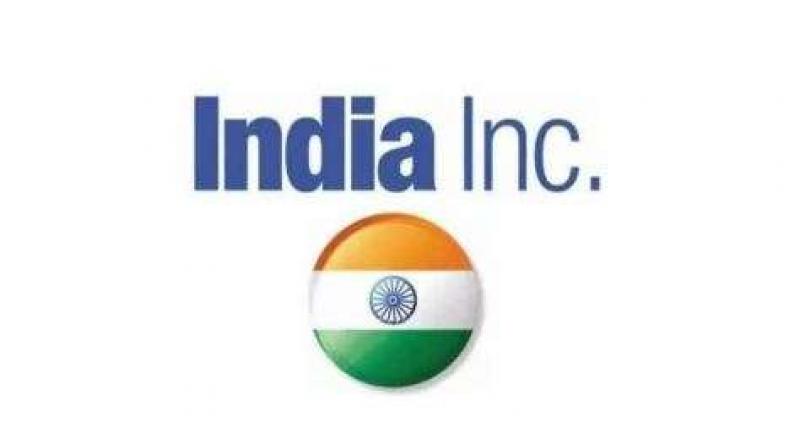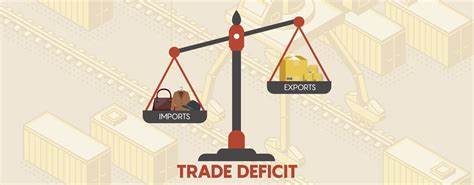
Three imbalances on road to India's economic rise
China DailyIndian Prime Minister Narendra Modi is preparing for a third term in office, but the just-concluded general election was different from the previous ones in that the overall voter turnout was lower than the previous elections, leaders of some political parties showed "election fatigue" and many voters might have voted against Modi. Although New Delhi proposed the "Make in India " initiative in 2014 to increase the share of manufacturing in GDP from 15 percent to 25 percent by 2025, according to the Reserve Bank of India, the proportion of manufacturing in India's GDP declined from 18.7 percent in the 2021-22 fiscal year to about 17.7 percent in 2022-23. As such, India seems to lack the material basis for its strategic rise, and inclusive and sustainable development, although the trade frictions between China and the United States-led West could somewhat benefit India, because the Western developed countries are trying to isolate China's industry and supply chains from those of the rest of the world. In terms of raw materials and primary products, China's imports account for 3.8 percent of the global GDP while India's account for 0.9 percent. And in terms of industrial products, China's imports and consumption account for 50-60 percent of global consumption of industrial commodities, while India's share is between 2 and 6 percent.
History of this topic

India’s GDP growth: The first half faltered, but economy seen rebounding in the second
Live Mint
India has chance to emerge as manufacturing hub: BJP MP
Hindustan Times
The shape of manufacturing 3.0 for Modi 3.0
The Hindu
IMF says India's GDP growth to moderate to 7% in 2024 and 6.5% in 2025
Times of India
Three imbalances on road to India's economic rise
China Daily
India’s Business Activity Hits 14-Year High in May
Deccan Chronicle
In A World Starved Of Growth, India Is An Outlier, Will Become Third-Largest Economy In 5 Years: Amitabh Kant
ABP News
There is no discord over India’s growth and employment trends
Live Mint
Bharat’s Model of Economic Growth Cannot Be Built on Western Models - News18
News 18)
India's GDP growth exceeds expectations, but key to 'Amrit Kaal' lies in manufacturing
Firstpost
At the root of India’s manufacturing challenge
The Hindu
India’s economy picks up speed amid global slowdown
Al Jazeera
India is making its mark in the world
Hindustan Times
India's Manufacturing PMI In April Hits 4-Month High On Robust Demand
News 18
India's GDP Growth: Economists Must Not Go by Face Value & Assess Data Robustly
The Quint
India likely to loose its 'fastest growing economy tag' as growth took hit from weakening demand
India TV News
India is a glimmer of hope in a slowing world
Live Mint)
Indian manufacturing sector and the great transformation under Narendra Modi
Firstpost
Destination India: Services Sector Is The Next Big Opportunity To Achieve $5-Trillion Economy
ABP News
How to sustain 7% growth for India
Live Mint
India Inc could play a lead role in our economy’s global emergence
Live Mint
Strong infra crucial for growth
The Hindu
Explained: Why India's economy needs a manufacturing push
India TodayDiscover Related
























)
)























